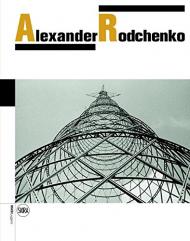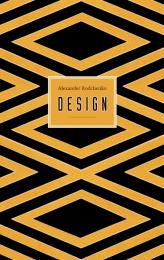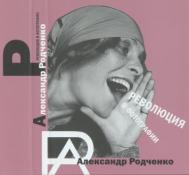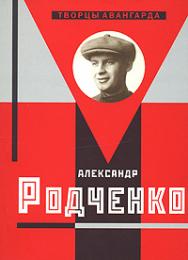A leading representative of the Russian avant-garde, Alexander Rodchenko (1891–1956) revolutionized the world of graphic art, design and photography.
The over 250 illustrations featured in this volume allow the reader to grasp the full force of this innovator and to appreciate the charisma he exerted on fellow artists as much as on the men of letters, directors and intellectuals who shared his path.
Whether it is the photomontages he created for Vladimir Mayakovsky’s poem Pro Eto (About That), the covers designed for the magazine Novy LEF (New LEF) – a veritable point of reference for the revolutionary intelligentsia – or cinema posters and book illustrations, Rodchenko’s works bear witness to his many collaborations and friendships, evoking not just the image of a brilliantly creative personality but a unique phase in twentieth-century history.
The remarkable photographic portraits by the artist, his pictures of urban landscapes and architectures, as well as his photo-reportages in factories and building sites bring back both the faces and spirit of an age of great hopes and equally great contradictions. To this day, the style of Rodchenko the photographer, marked by unusual perspectives, sharp angles and diagonals, stands as the purest witness not just to the talent of an artist but to his eagerness to modernise art and the world at large.
Complementing the volume are contributions by Olga Sviblova, the director of the House of Photography / Multimedia Art Museum of Moscow, by the grandson of the artist and leading scholar of his work Alexander Lavrentiev, in addition to writings and testimonies by Rodchenko himself and his daughter Varvara.




